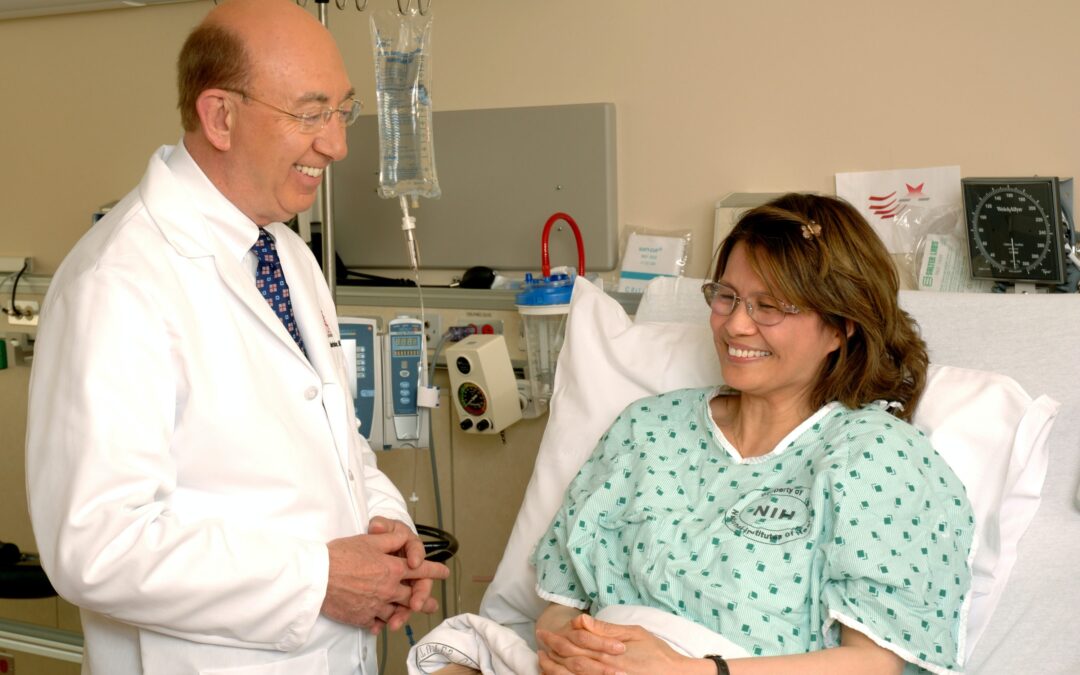As providers of home health services, patient safety in the comfort of their homes is a crucial part of care. According to WHO, patient safety aims at reducing and preventing risks, harm and errors to patients during the provision of healthcare. At the core of patient safety is a continuous improvement based on learning from adverse events and errors.
Types of patient safety issues

Medication Errors
Medication Errors
These are the leading causes of injury and avoidable harm in healthcare systems. Errors are developed through overmedication or under medication that could lead to drug resistance or addiction. Issues of wrong prescription, administration, and management of medication also result in medication errors.
Healthcare Related Infections
Infections can be associated with devices used in medical procedures such as ventilators or catheters. Other infections can also occur in surgery sites and they can threaten patient safety significantly.
Unsafe Medical Procedures
Surgical, injection, and transfusion errors compromise patient safety. Handling a patient without following proper sanitization procedures and not wearing the required protective gear puts the patient and the healthcare worker at significant risk. Unsafe injection practices can result in the transmission of infections such as hepatitis B & C and HIV.

Diagnostic Errors
Diagnostic Errors
The WHO states that errors in diagnosis occur in 5% of adults receiving outpatient care and more than half cause severe harm. These errors could result in treating the wrong condition or prescribing medications that could severely affect the patient. Sepsis is also another issue where a diagnosis is not made early enough to save the patient’s life. This is often due to resistance to antibiotics and can lead to rapidly deteriorating clinical conditions.
Radiation Errors
Overexposing a patient to radiation could result in the development of life-threatening tumors. There are also cases of wrong-patient and wrong-site identification, this could affect that part of the body that was functioning properly.
Slips and Falls
Patients in a care facility or receiving care at home could be at risk of slips and falls. Falls are caused by spills or wrong flooring in areas such as the bathroom, kitchen, and patios. It is very easy to prevent falls by applying simple safety measures in risk areas in the home or facility.

Discharge or Care Transition Problems
Discharge or Care Transition Problems
Often caused by poor communication between the different care providers, these problems could increase the rate of readmission. They could also slow down healing or prolong the infection.
Ways to Improve Patient Safety
Understand Why Patient Safety is Important
For the successful implementation of patient safety strategies, it is important to understand why safety matters. Patient safety does not only matter to the patient, it is also important to the healthcare worker. In addition to this, it is fundamental to deliver essential health services that are effective, safe, and people-centered.
Prevent Risks
Through patient safety programs, risks can be minimized and this can prevent injuries or infections. Following strict sterilization and sanitation procedures lowers the rates of patient infections. Hand hygiene and patient screening also reduce the risk of infection.

Providing High-Quality Care
Providing High-Quality Care
Making proper efforts in providing high-quality care helps improve care for patients with chronic conditions and lowers readmission rates. High-quality care means following all the safety procedures without compromise or adjustments. For patients receiving home health and home care services, it is important to consider professional help from a certified and experienced caregiver.
Frequent Training
The healthcare industry is constantly changing its safety procedures due to evolving complex systems and the rise in patient harm. Therefore, training teams frequently will keep healthcare providers up to date with the recent safety guidelines. It also helps healthcare providers cater to patients’ physical and emotional needs.

Transparency
Transparency
A lack of transparency especially in information sharing can result in fatal errors. While transitioning care, teams should be open to each other while protecting the patient’s personal information or medical history from those not involved in the patient’s care. It saves the patient from frustration, readmission, embarrassment, or financial loss.
At Immaculate Homecare Services, patient safety is at the core of our service delivery. We go above and beyond to protect and keep the patients safe in the comfort of their homes or care facility.
For Home health and home care services, get in touch with us today!
Like and follow us on Facebook, Instagram & Twitter.
Subscribe to our YouTube Channel



